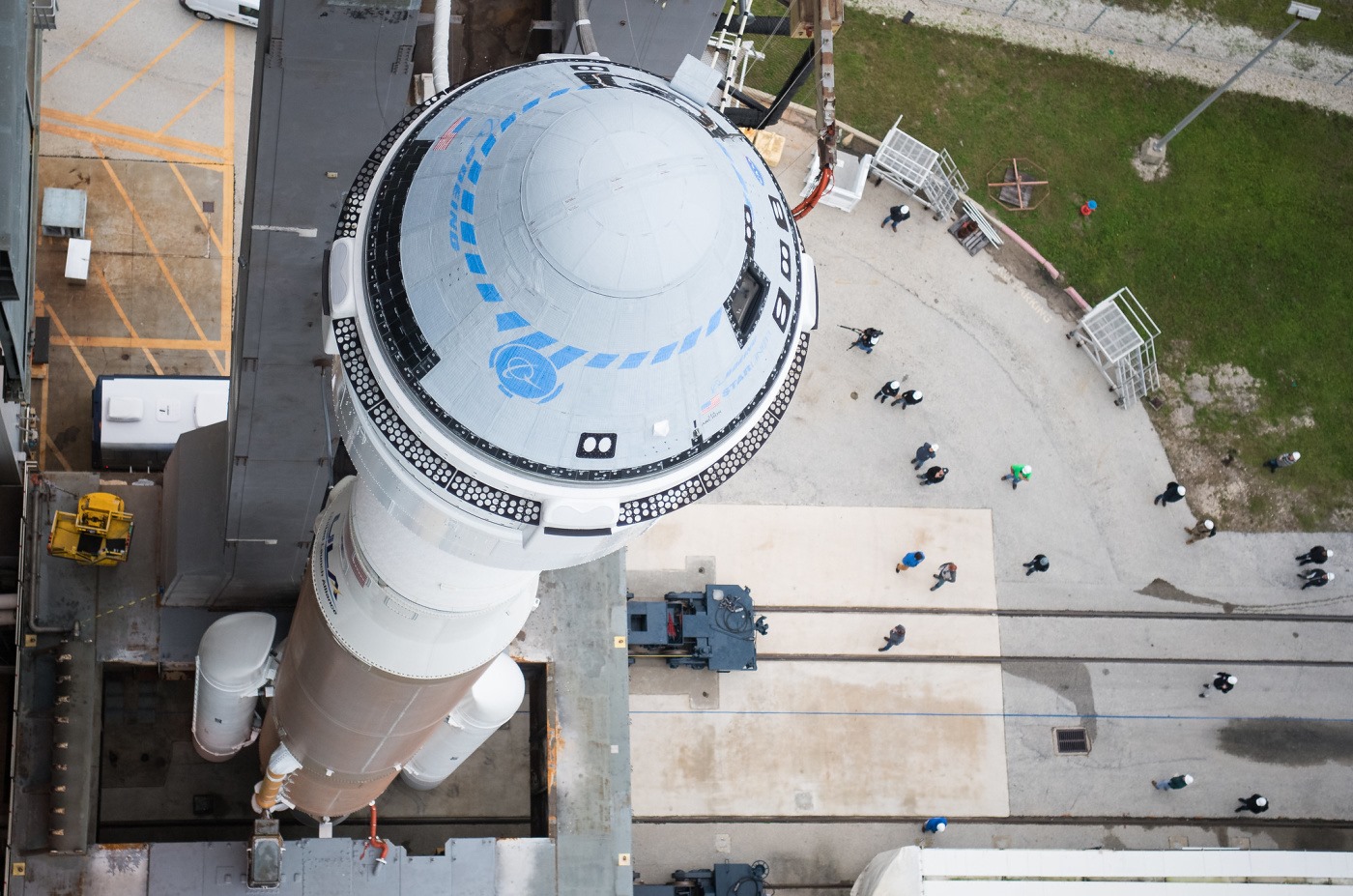
Aerospace company Boeing is preparing to launch a test astronaut capsule to the International Space Station (ISS) for the National Aeronautics and Space Administration (NASA).
Boeing will first launch the astronaut capsule, called Starliner, unmanned first and if it performs without incident, NASA astronauts will start using the spacecraft in 2020. If successful it will be the first time in almost nine years that the US will able to launch its own people into orbit.
The spacecraft will be fitted atop an Atlas rocket and will launch at Cape Canaveral Air Force Station in Florida at 11:36 GMT on Friday. The unmanned expedition to the ISS will last for a week.
The capsule will return home to New Mexico using parachutes and airbags to make a soft landing on desert terrain on December 28 in the early hours.
The US has not launched Americans to space since the space shuttles were retired in 2011. US astronauts have been hitching rides in Russian Soyuz capsules ever since.
The Starliner is the second among new systems that NASA hopes will return independent human access to low-Earth orbit, with other astronaut capsule, called Dragon, being developed by California's SpaceX company.
Both capsules are scheduled to be approved for manned missions in the first half of 2020.
NASA administrator Jim Bridenstine said: "NASA wants to be one customer of many customers in a very robust commercial marketplace for human spaceflight in the future. The ultimate goal being we want to drive down costs, increase innovation, and increase access to space in a way that we've never seen before."
While the Starliner will be unmanned for its test launch, it will be transporting 270 kilograms of supplies to the ISS, which are mostly food and an anthropomorphic test device (ATD) or dummy, nicknamed "Rosie".
The ATD will be used to determine the amount of discomfort a real astronaut might experience during the more violent phases of flight, such as on launch or during landing.






